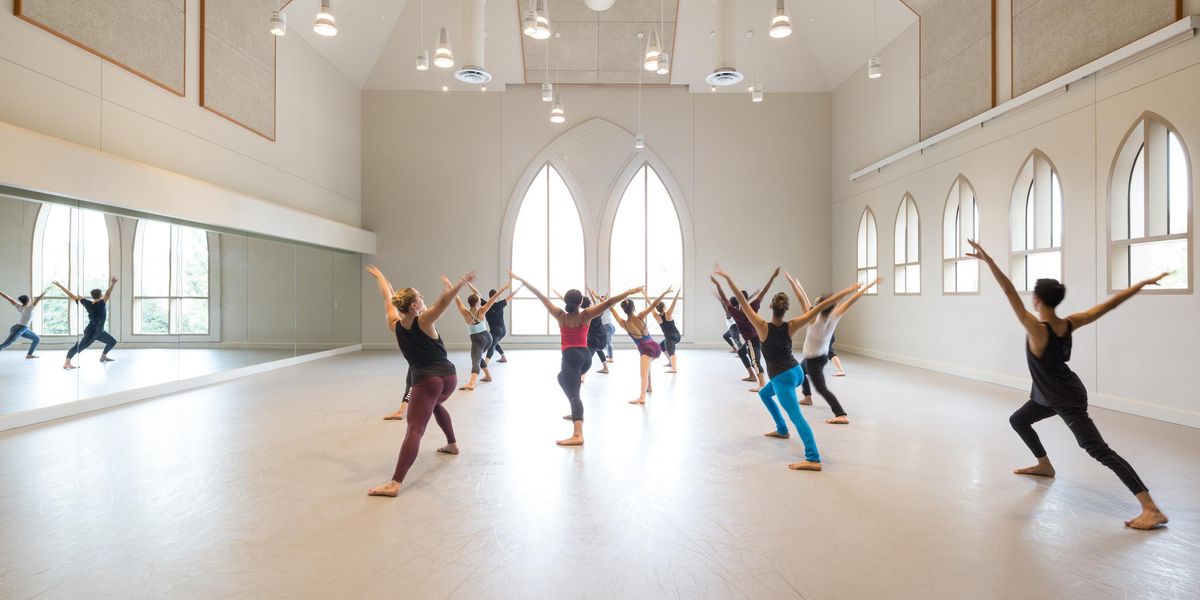Shadow Dancing
Until you have the choreography down, you may need to put in extra hours watching videos.
Understudying isn’t just a stepping stone in your career. “Part of a dancer’s job is to be a good understudy,” says Paul Taylor Dance Company’s Eran Bugge. “There are only 16 of us in PTDC and we don’t take anyone extra with us on tour, so if there is an injury or sickness, we have to be able to cover each other.”
Learning extra roles is a chance to be there for your colleagues. But it’s also an opportunity to learn as much of the repertoire and absorb as much of your company’s style as you can. It can get you in the studio with a major choreographer or répétiteur, learning directly from them what the role requires. And it can be a time to prove you’re capable and reliable.
Find a Place In the Room
Being chosen as a cover is a great opportunity to be seen in different roles. “Directors like to test dancers,” says Mark Diamond, director of Charlotte Ballet II, whose dancers are often the understudies for Charlotte Ballet.
Bugge believes that her early years “wonderstudying”—“when you literally understudy every female or every male part”—offered her a unique chance to understand Taylor’s compositional craft and use of structure. “It also gave me a chance to work out of typecast, to do a role in front of Paul that I wouldn’t have normally had the chance to show him.”
If you aren’t chosen for a role you’re interested in learning, volunteer! Seek out a ballet master or choreographer’s assistant. “It depends on the philosophy of the company,” says Diamond, “but as long as you’re not getting in anyone’s way, the front of the room usually won’t mind if you are working in the back.”
Know It All
Once you are in the studio, stay out of the way, but maintain focus. Don’t sit and stretch; stay on your feet even if you only have room to mark. Keep a notebook to write down confusing count sequences, tricky patterns and artistic directions. Bugge makes “a traffic cheat sheet” including notes on all entrances, exits and crossovers for her covers. When she is understudying a duet, she tries to approach the person she may one day dance with to walk through it with her at least once. “It is so much easier to learn in 3-D,” she says. Bugge also recommends reaching out to the person whom you are understudying, especially if you are asked to jump in, with questions such as, “What are you thinking here? How far do you travel there?”
Being prepared may also require homework outside of the studio. Until you have the choreography down, you may need to put in some extra hours watching videos, listening to the music, going over choreography in your living room or getting into the studio early to review those traffic patterns that can’t be practiced from the sidelines.
The Bigger Artistic Picture
One of the most challenging parts of understudying may be that it doesn’t come with any guarantees. “There were times when it was frustrating to always be standing behind someone learning their roles, plus learning my own roles, too,” says Lia Cirio, now a principal with Boston Ballet. But understudying helped her develop her artistry over time—being in the back of the room let her work on her interpretation of roles while watching the choices of other dancers and hearing the notes given by experienced coaches.
Understudying also gave her a chance to prove her dedication to the entire company and complete productions. She has jumped into a Sugar Plum tutu right after finishing the Arabian divertissement in The Nutcracker, and has done a dress rehearsal for Les Sylphides in the costume of The Second Detail. “Understudying and knowing parts helped me prove I am reliable,” says Cirio, who believes her promotions have come from repeatedly rising to the occasion at the last minute. “It’s showed I will be there for the company.”




